Leyland is very well known for its buses and trucks. The ‘Lion’ proved to be a winner for Leyland. By 1928, around 2,500 Lion buses had been sold and were in use the world over. Around this time, Leyland’s main works were still concentrated on the north and south sides of Hough Lane, near the former post office site.
A photograph and text about The Leyland Lion.
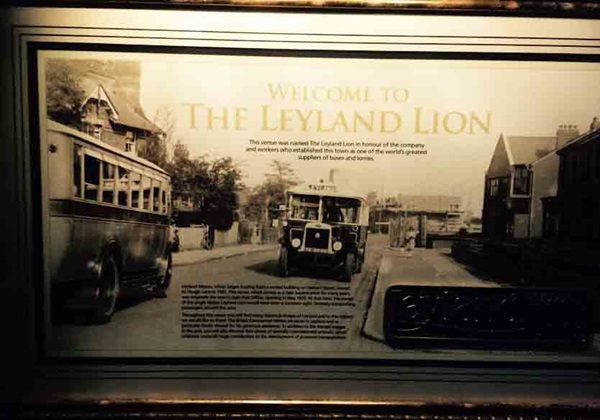
The text reads: Leyland Motors, which began trading from a rented building on Herbert Street, moved to Hough Lane in 1902. This venue, which served as a Spar Supermarket for many years, was originally the town’s main post office, opening in May 1929. At the time, this image of the single decker Leyland Lion would have been a common sight, tirelessly transporting passengers around the area.
Throughout this venue you will find many historical images of Leyland and in this respect we would like to thank The British Commercial Vehicle Museum in Leyland and in particular Derek Westall for his generous assistance. In addition to the framed images in the pub, you will discover four pieces of specially commissioned artwork, which celebrate Leyland’s huge contribution to the development of powered transportation.
A photograph and text about Leyland Motors.
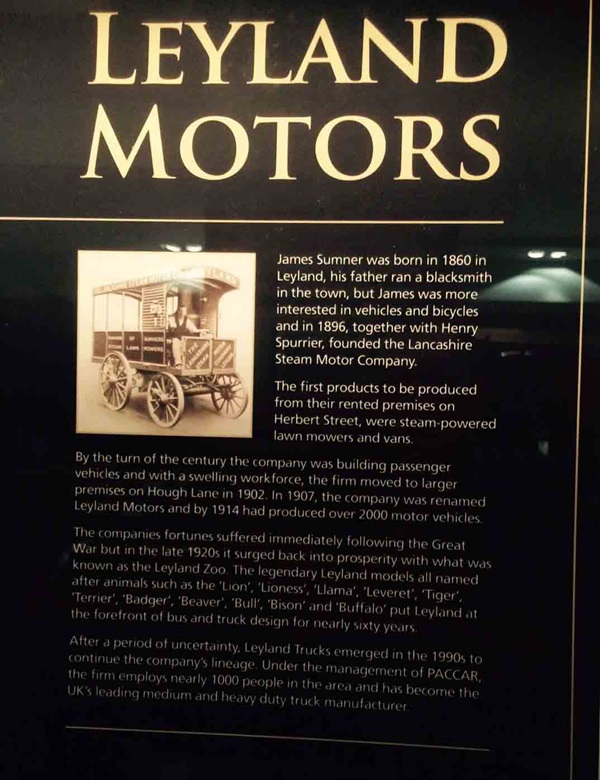
The text reads: James Summer was born in 1860 in Leyland, his father ran a blacksmith in the town, but James was more interested in vehicles and bicycles and in 1896, together with Henry Spurrier, founded the Lancashire Steam Motor Company.
The first products to be produced from their rented premises on Herbert Street, were steam-powered lawn mowers and vans.
By the turn of the century the company was building passenger vehicles and with a swelling workforce, the firm moved to larger premises on Hough Lane in 1902. In 1907, the company was renamed Leyland Motors and by 1914 had produced over 2000 motor vehicles.
The company’s fortunes suffered immediately following the Great War but in the late 1920s it surged back into prosperity with what was known as the Leyland Zoo. The legendary Leyland models all named after animals such as the Lion, Lioness, Llama, Leveret, Tiger, Terrier, Badger, Beaver, Bull, Bison and Buffalo put Leyland at the forefront of bus and truck design for nearly sixty years.
After a period of uncertainty, Leyland Trucks emerged in the 1990s to continue the company’s lineage. Under the management of PACCAR, the firm employs nearly 1,000 people in the area and has become the UK’s leading medium and heavy duty truck manufacturer.
A photograph of the Leyland record breaker.
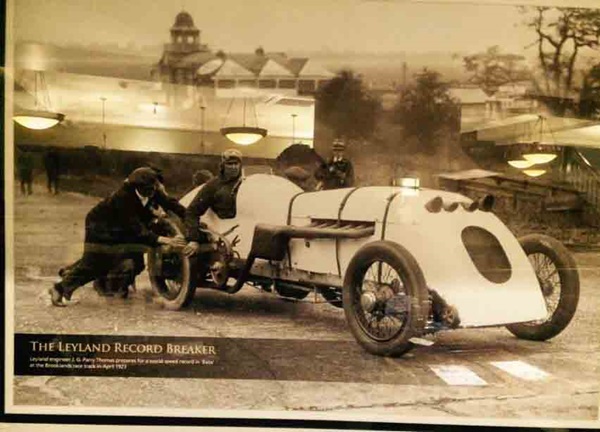
A photograph of the Leyland record breaker, and the Leyland Eight chassis with Malcolm Campbell.
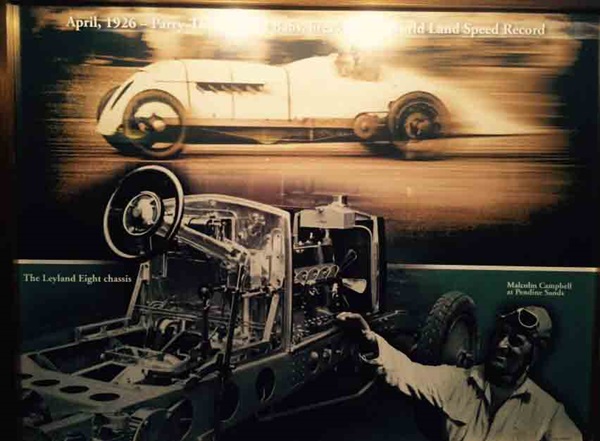
A collection of photographs showing the Leyland ‘Babs’.
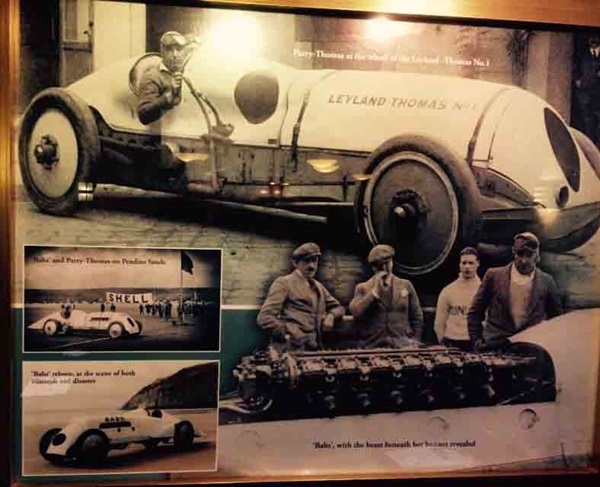
A photograph of the Farington works.
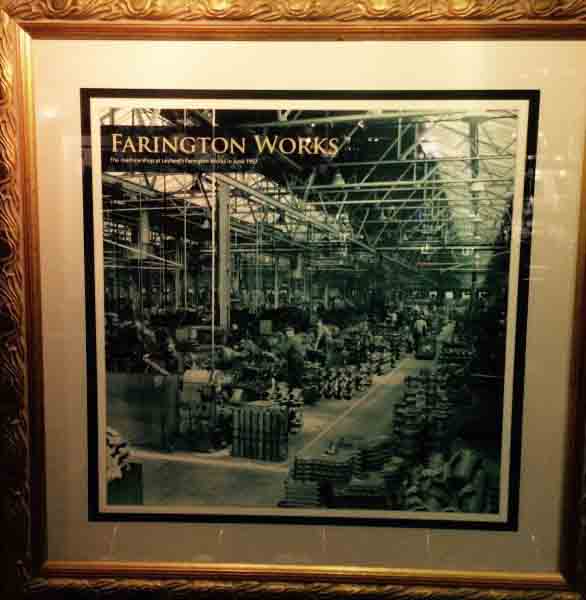
Photographs and text about Samuel Ryder.
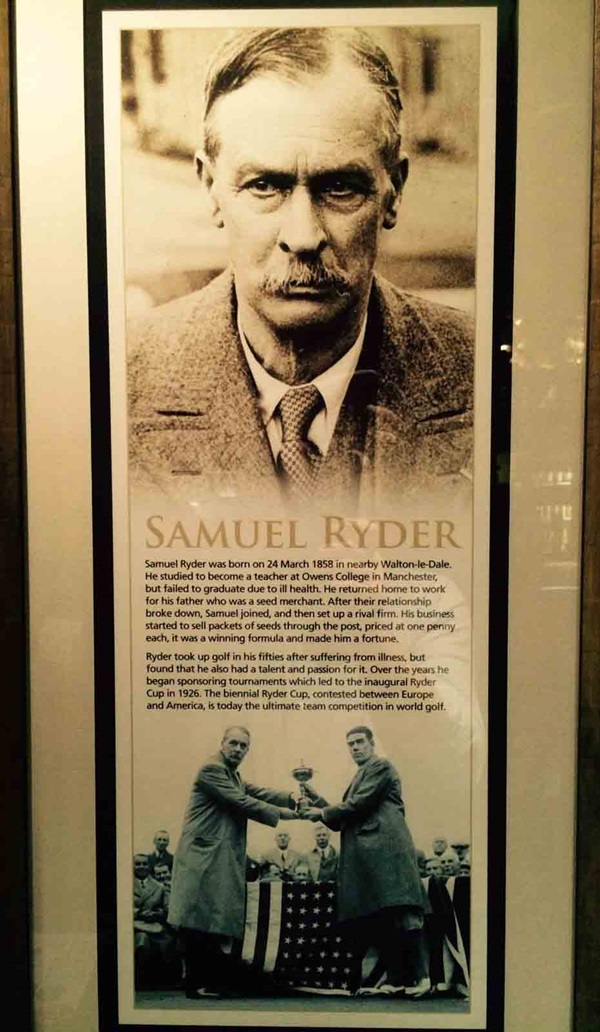
The text reads: Samuel Ryder was born on 24 March 1858 in nearby Walton-le-Dale. He studied to become a teacher at Owens College in Manchester, but failed to graduate due to ill health. He returned home to work for his father who was a seed merchant. After their relationship broke down, Samuel joined, and then set up a rival firm. His business started to sell packets of seeds through the post, priced at one penny each, it was a winning formula and made him a fortune.
Ryder took up golf in his fifties after suffering from illness, but found that he also had a talent and passion for it. Over the years he began sponsoring tournaments which led to the inaugural Ryder Cup in 1926. The biennial Ryder Cup, contested between Europe and America, is today the ultimate team competition in world golf.
A photograph and text about the birth of Preston’s tram service.
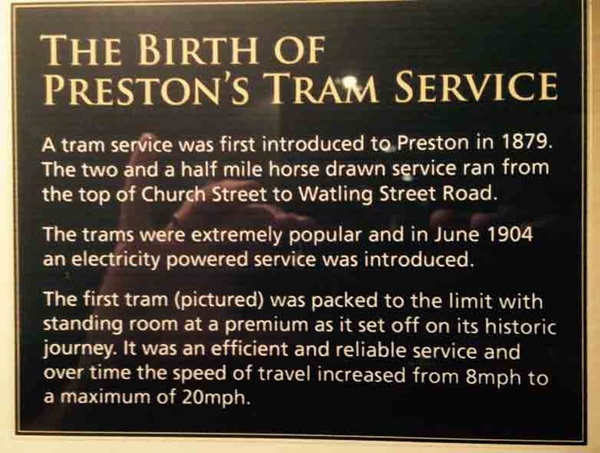
The text reads: A tram service was first introduced to Preston in 1879. The two and a half mile horse drawn service ran from the top of Church Street to Watling Street Road.
The trams were extremely popular and in June 1904 an electricity powered service was introduced.
The first tram (pictured) was packed to the limit with standing room at a premium as it set off on its historic journey. It was an efficient and reliable service and over time the speed of travel increased from 8mph to a maximum of 20mph.
An original commissioned stained-glass window.
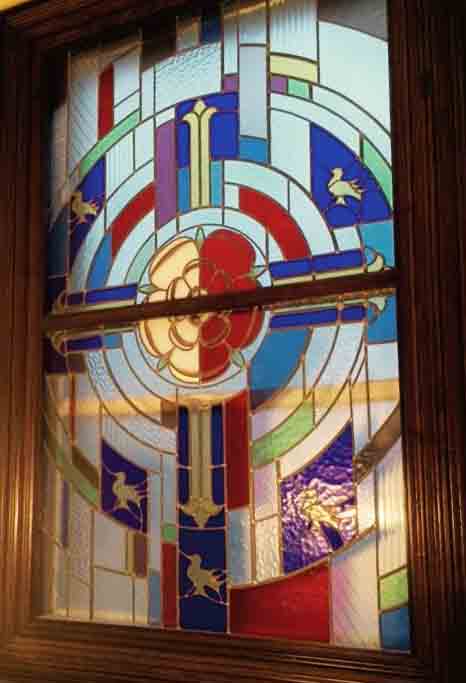
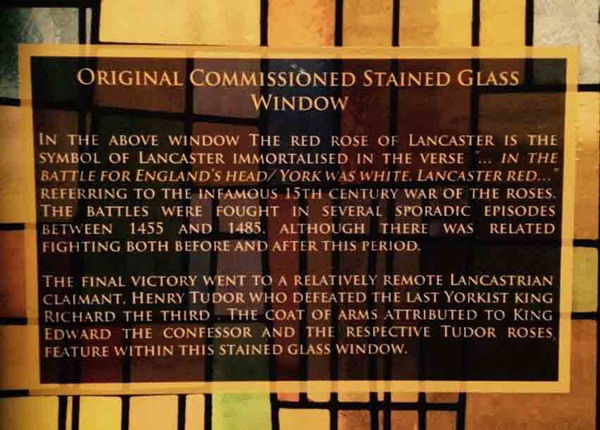
The text reads: In the above window the red rose of Lancaster is the symbol of Lancaster immortalised in the verse “… in the battle for England’s head/York was white, Lancaster red… “ referring to the infamous 15th century war of the roses. The battles were fought in several sporadic episodes between 1455 and 1485, although there was related fighting both before and after this period.
The final victory went to a relatively remote Lancastrian claimant, Henry Tudor who defeated the last Yorkist king Richard the Third. The coat of arms attributed to King Edward the Confessor and the respective Tudor roses, feature within this stained glass window.
External photograph of the building – main entrance.
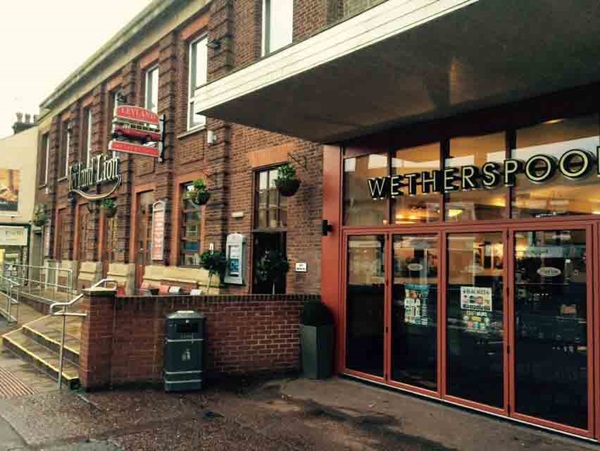
If you have information on the history of this pub, then we’d like you to share it with us. Please e-mail all information to: pubhistories@jdwetherspoon.co.uk